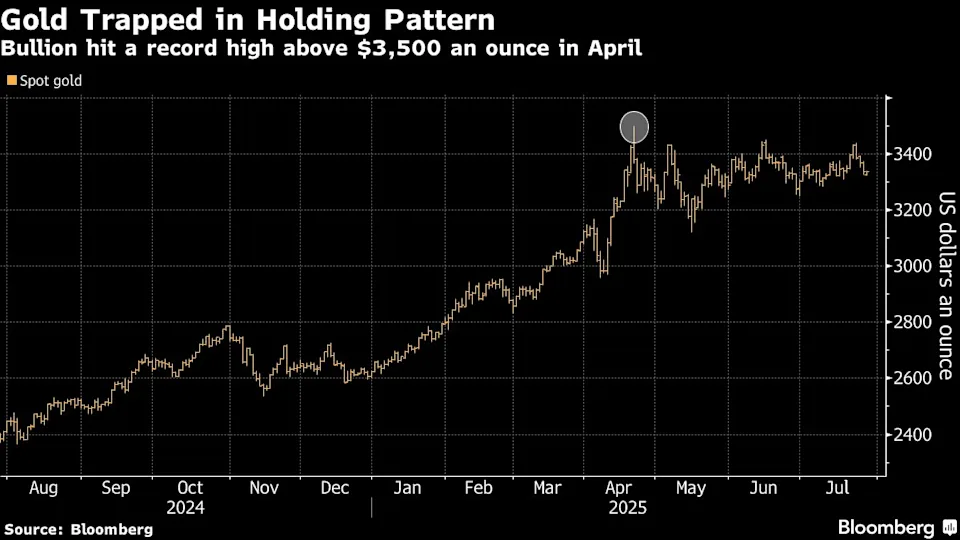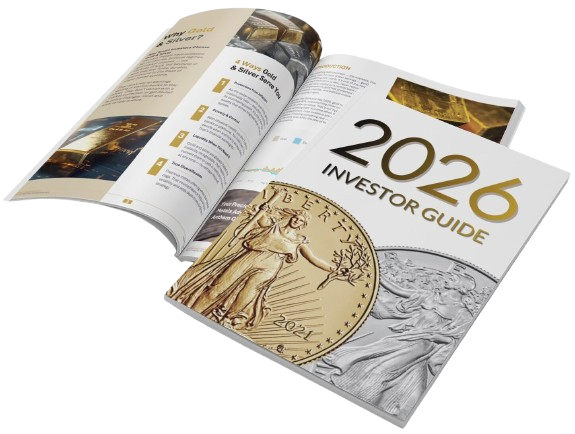Gold prices will likely rise towards the year-end as the US may slip into a recession and the US, possibly, ending hike interest rates and cutting them, experts say.
“Looking ahead towards the end of the year and into 2024, investor flows into gold and thus prices will increase again as the US slips into a shallow recession in H124 and the US Fed ends its hiking cycle with possible interest rate cuts in 2024,” said research agency BMI, a unit of Fitch Solutions.
“Despite a stagnant phase in gold prices due to economic challenges in the US, there’s optimism that gold demand will surge,” said Colin Shah, Managing Director, Kama Jewelry Pvt Ltd.
Soft US economic data
“Soft US economic data suggests that a slowdown is still likely, which, alongside a potential change in the shape of the yield curve, could signal an environment where gold has historically performed well,” said the World Gold Council (WGC) in its latest market commentary.
Gold has been volatile this year, swinging between a low of $1,846 at the beginning of the year and $2,050 an ounce witnessed in May this year. During the weekend, gold December contracts were quoted at $1,942.70 an ounce on New York’s COMEX. The London PM fix was at $1,927.80.
BMI said it had been neutral to bullish towards gold prices since the fourth quarter of 2022, but it has just turned fully neutral for the months ahead.
“We believe gold is likely to see some weakness in the coming weeks over renewed US dollar strength, elevated bond yields, and expectations of further rate hikes by the US Fed on the back of a slight increase in US inflation,” it said.
Price forecast
The US dollar surged to a six-month high during the weekend. When the dollar rises, gold tends to decline as most of the trading is done in the greenback.
“Gold declined marginally by 1 per cent in August, in the face of higher yields and a stronger dollar,” the WGC said.
The market has begun to speculate that the US Fed may resort to another rate hike before the year-end to rein in inflation below its annual target of two per cent.
However, BMI said, “We maintain our 2023 gold price forecast at $1,950/oz. Prices averaged $1,934 in the year-to-date, coming in at $1,898/oz on August 22, 2023.”
The WGC said while gold tends to underperform risk assets during these periods (rising dollar and yields), it is not common to see bear steepening this late in the business cycle. “…recent moves in yields may be masking other factors at play, such as higher risk premiums,” it said.
Fashion statement wear
BMI said over the next few weeks, gold prices will likely be capped by renewed dollar strength and rising bond yields on the back of a slight increase in inflation and the buildup of market expectations that the US Fed might hike again.
The Australian Office of the Chief Economist (AOCE) said if US economic activity merely slows down and core inflation continues to be persistent, it is likely that US interest rate cuts will not eventuate over the second half of the year.
“In this case, real interest rates will be higher than current market expectations, leading to a notable decline in gold prices. The price forecast for the second half of 2023 is balanced between market expectations and this less bullish outcome,” the AOCE said.
Kama Jewelry’s Shah said there has been a paradigm shift in the way buyers perceive the yellow metal. “The buyers have now largely moved on from purchasing gold for investment purposes to a fashionable statement wearable,” he said.
With this backdrop along with rising income levels and increasing purchasing power among the buyer class, “we foresee this festive season to be one of the best”, Shah said.
Offtake seen down
BMI said global gold mine production will grow strongly in 2023 due to the waning Covid-related disruption and also accelerate slightly due to higher prices.
AOCE said global mine production rose by 1.5 per cent year-on-year to a record high of 856 tonnes in the March quarter of 2023, driven by increased production from the major producers and ramp-up of new projects in Mongolia and Brazil.
The WGC said gold demand (excluding OTC) in the first half of 2023 was 6 per cent lower at 2,062 tonnes. The year-on-year decline was largely explained by this year’s modest outflows from gold ETFs being compared with the strong surge of inflows in early 2022. Total demand in H1 (inclusive of OTC and stock flows) increased by 5 per cent to 2,460 tonnes, it said.
The Australian Office of the Chief Economist said world gold consumption in 2023 is forecast to decrease by 6.7 per cent to about 4,400 tonnes. The decline is expected to be mainly driven by lower official sector buying — which will nevertheless remain high in historical terms.
Shah said the robust performance of stock markets is a sign of optimism for the bullion market. “The period from September to December traditionally marks an auspicious time, driven by festive and wedding seasons, boosting gold demand,” he said.



